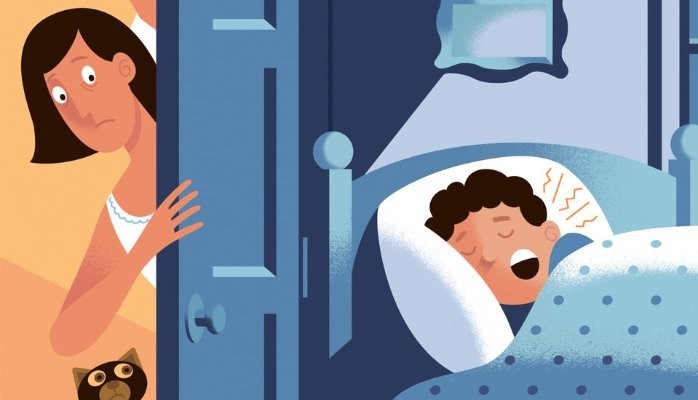
Most think of Obstructive Sleep Apnea (OSA) as an adults-only disease; however, more and more children are being diagnosed with Sleep Disordered Breathing (SDB) and OSA. SDB affects an estimated 10% of adolescents (with some numbers reported reaching 15-20%) and is consistent with symptomology like snoring and restless sleep, which is not to be confused with OSA. Children with OSA may display gasping, choking or snorting while sleeping, breathing through the mouth instead of the nose, and may prefer to sleep propped up high on pillows. A sleep study can be easily administered to determine if the child has SDB, which is somewhat common, or OSA, which has can put the child’s health and growth in danger.
The consequences of letting Pediatric OSA go untreated affects every area of the child’s life, including: moodiness and disruptive behavior at home and school, enuresis which is commonly known as bedwetting, lesser production of growth hormone leading to slow growth and development, and increased risk of heart and lung problems. These issues not only cause serious social issues for children, but also can cause embarrassment and lead to low self-esteem. Pediatric OSA is most often diagnosed in children aged two to six but can occur at any age.
According to the American Academy of Otolaryngology – Head and Neck Surgery, between 2-4% of children have OSA. The most common causes of Pediatric OSA are a narrow palate, underdeveloped lower jaw, enlarged tonsils and adenoids. Another factor is also increasing the number of Pediatric OSA: childhood obesity. The obesity epidemic is only making the prevalence of OSA in adolescents higher as overweight children have an increased risk of SDB and OSA due the fat deposits around the neck and throat which can narrow the airway. In the article, “Childhood Obesity and Obstructive Sleep Apnea,” it identifies the link between a OSA and obesity: “It is believed that the prevalence of OSA among obese children and adolescents can be as high as 60%.” Other factors, such as particular diseases like Downs Syndrome, can also put a child at greater risk of OSA.
Common treatment for Pediatric OSA and SDB is surgery to remove the adenoids and tonsils. If the family does not to consent to surgery or the surgery proved unsuccessful in eliminating the apnea, studies are showing that Oral Appliance Therapy (OAT) has been shown to treat OSA in adolescents whose facial bone growth is largely complete. For those children whose skeletal growth isn’t complete and are still growing, according to an article published in The Journal of American Medical Association, “A device called rapid palatal expander, that expands the transversal diameter of the hard palate over a six-month to one-year period has been used successfully in children as young as 6.” OATs should be custom-made by a qualified sleep dentist.
OAT has a proven success rate, and this type of therapy has a higher consistency-of-usage rate than Continuous Positive Airway Pressure (CPAP) machines, which are also recommended as a treatment option. CPAPs may be very cumbersome and uncomfortable for children to wear at night. OATs also are comfortable, quiet, portable, and easy to care for. They are a great fit for an active child! Regardless of treatment choice, Pediatric OSA is a very serious medical concern and should be diagnosed as early as possible for the optimal growth and health of the child.